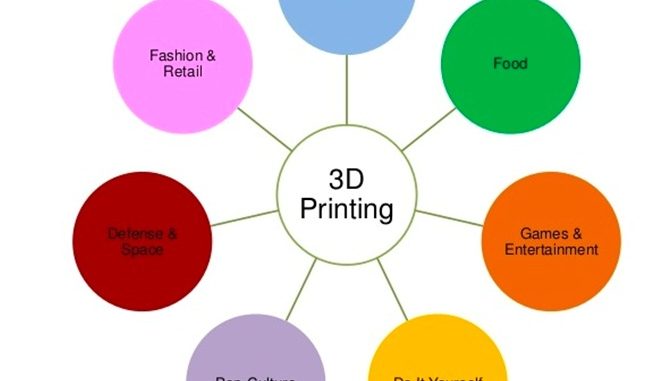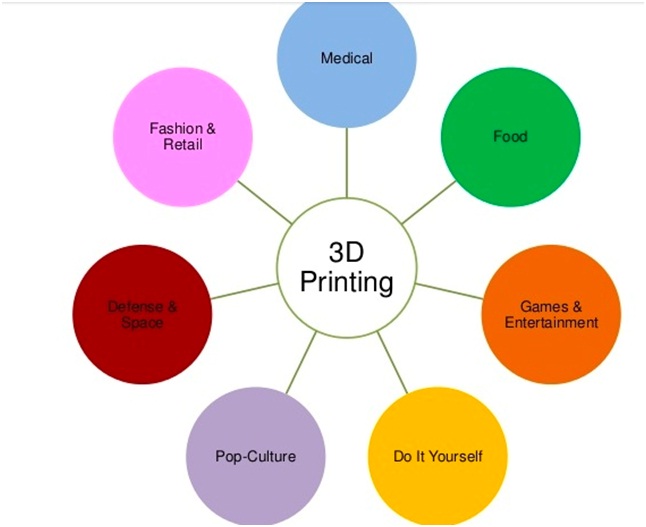
In News
Scientists from the Indian Institute of Food Processing Technology (IIFPT), Thanjavur have 3D-printed a nutritious cookie using a 3D-printer.
In-Detail
- The cookie is made out of millets, green gram, ajwain seeds and fried gram.
- It took 7 minutes to print the cookie which was followed by a microwave drying process.
- The technology, scientists believe will help individuals to customise food as per their nutritional needs.
Light Weight and Portable
- The 3D-Printer developed by IIFPT scientists is in the size of a small mixie.
- It is 8kg in weight and can be carried around easily.
- The machine is completely developed and fabricated in India.
- The cost of the printer is Rs. 75000 which is less than what is available in the market and most of them cannot be used for multi-material food printing.
The Method
- All the ingredients are hot-air dried and are ground into fine particles. They are then sieved to 0.2 mm particles.
- After adding salt, sugar and spices, the powder is made to a paste and fed into the 3D-Printer.
- The scientists have optimised the printer for flow, temperature, printer nozzle size, and printing rate or speed.
- The printer snack is then microwaved.
High Nutrition
- The scientists have analysed for protein and fibre content in the snack and found that they are high in concentration.
- Scientists believe that the nutrient content of the food can be customised with this 3D printer.
Nascent Stage
Food printing is at a nascent stage in the country. Any large scale food printing requires an understanding of all the dynamics and mechanics of printing the food. For now, the food printing technique may not alter the way food is manufactured but in the future, it might change. The technique will come in handy in space missions where astronauts can print the food.
3D Printing
3D printing is also known as additive manufacturing. A three-dimensional computer-Aided Design (CAD) model is used and the material is layered upon one another to build the product. In this process, the wastage of material is minimum.
The material for printing is generally in powdered form or liquid molecules. Using this technique, very complex forms and shapes can be manufactured.

Manufacturing, medical and other sectors where there is a scope for additive manufacturing are using the technique to bring out new and innovative products. Also, the manufacturing process is being used to develop human tissue, in food manufacturing etc.
Some concerns remain with this technique. A person having a 3D printer can download a CAD model of a gun and can print it. Miscreants can use the technique for violent purposes. Regulating such activities will be difficult.
Other than that, the 3D printer is a useful machine that reduces industrial wastage and increases the productivity of businesses.

Leave a Reply
You must be logged in to post a comment.